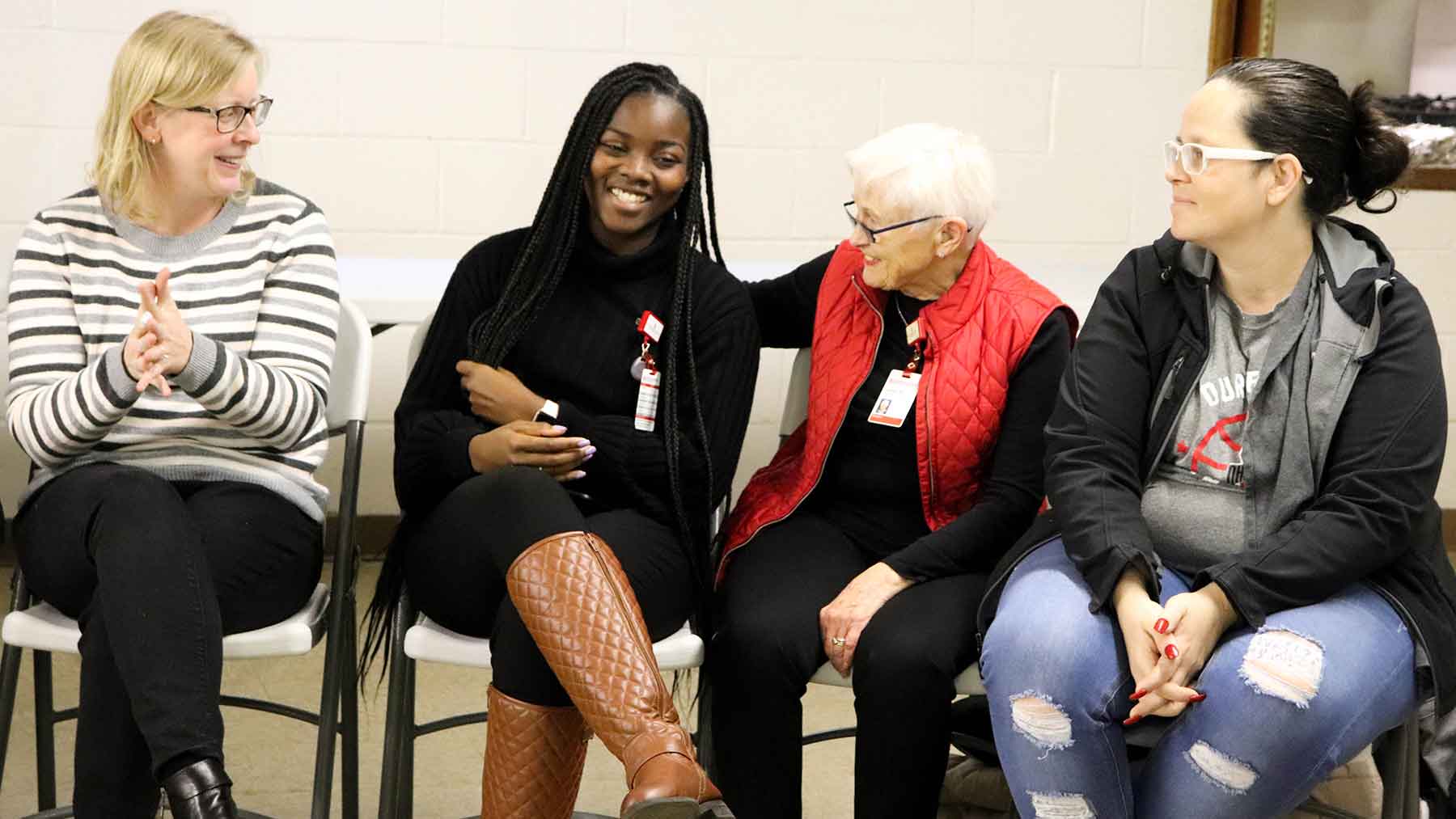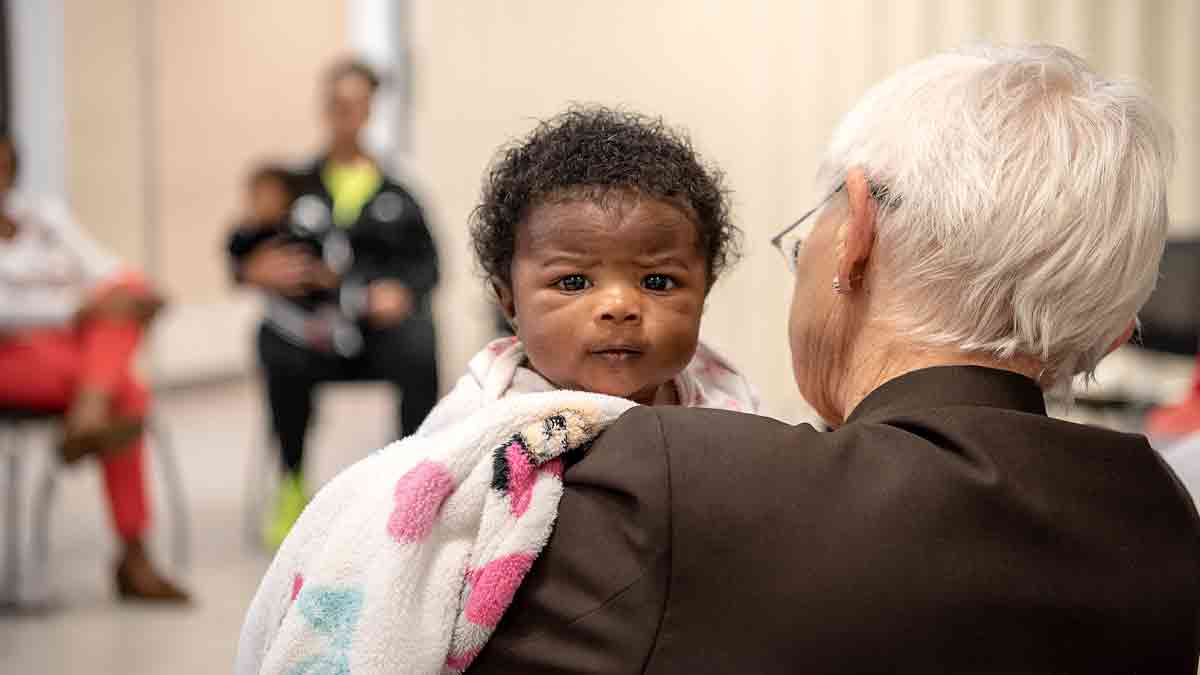Research suggests Moms2B reduces adverse pregnancy outcomes

More than 22,000 babies die before their first birthday each year in the U.S. and the infant mortality rate is twice as high among black babies compared to white babies. However, experts say many of these deaths are preventable, and prevention starts with taking care of expectant mothers. A unique program at The Ohio State University Wexner Medical Center is approaching prenatal and postnatal health in a new way, integrating education, services and support directly into neighborhoods with disproportionately high rates of infant mortality.
“For too long, we’ve relied on obstetricians and pediatricians to tackle this public health problem and it hasn’t worked. So instead, we went into these at-risk neighborhoods and talked to women about the challenges they face, what they want to learn about and the services they need,” said Dr. Patricia Gabbe, founder and director of the Moms2B program and a pediatrician at The Ohio State University Wexner Medical Center. “We learned that things like housing, food insecurity and child care are huge barriers for these women, and it was a big help when deciding where to concentrate our efforts.”
The program continues to grow, providing more than 2,500 women with lessons on pregnancy and parenting, access to social and medical services and a healthy meal at every session. An Ohio State Wexner Medical Center study examined the effects of the program’s first eight years and found that women who attended at least two Moms2B sessions may have lower rates of preterm birth, low birth weight and infant mortality.
“When we started the program, the infant mortality rate was as high as 19 per 1,000 births in some of these neighborhoods. Now it’s down to 10 per 1,000,” said Gabbe. “This kind of success has never happened before and wouldn’t be possible without our community collaborations.”
Gabbe and her team are working with partners across the country to expand the success of Moms2B to more neighborhoods to help keep moms and babies healthy and lower the national infant mortality rate.
Watch the video below to learn more.





